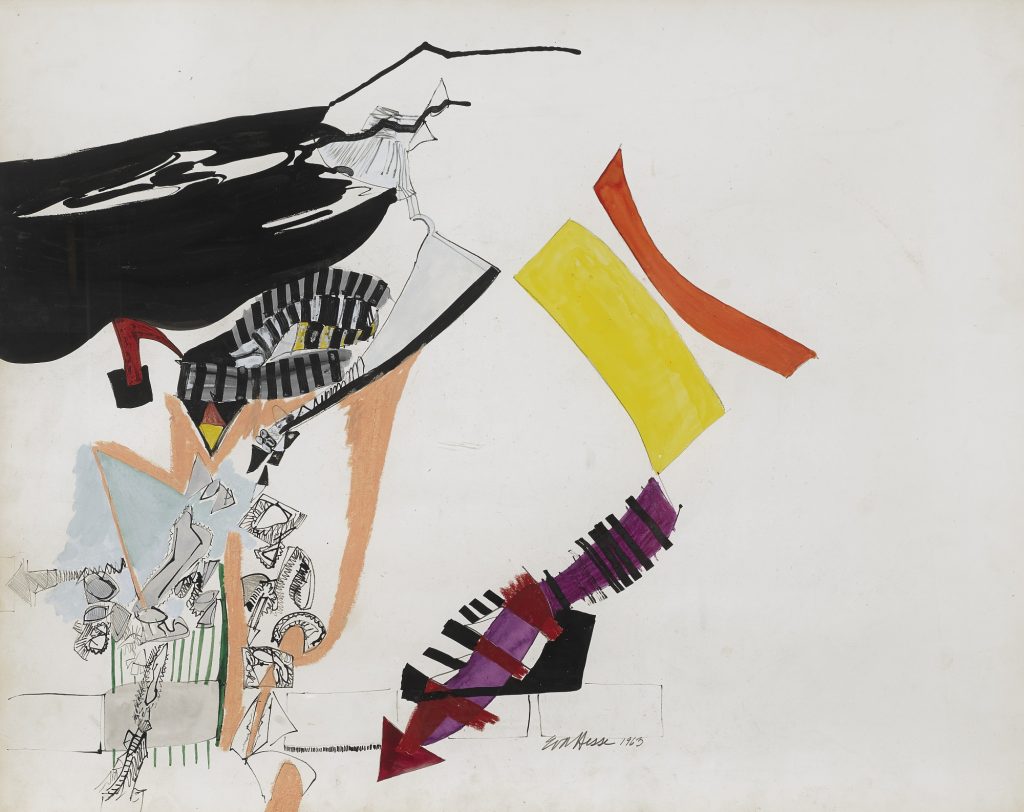Abhishek Kumar
JANUARY 11, ON THIS DAY
“I am interested in solving an unknown factor of art and an unknown factor of life. In fact, my idea is to counteract everything I’ve ever learned or been taught about those things – to find something that is inevitable that is my life, my feeling, my thoughts.”
Eva Hesse
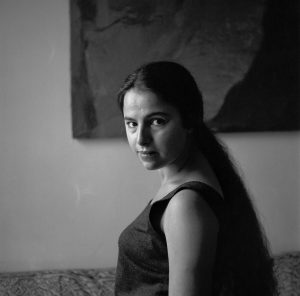
Eva Hesse was a German-born American artist who is widely credited for bringing the minimalist aesthetic to the art world. Her works are characterized by a stripped-down aesthetic, often featuring simple, organic forms, and a focus on materiality. Hesse created a range of sculptures and works on paper, but is perhaps best known for her pioneering use of novel materials such as latex and fiberglass. Eva Hesse’s minimalist aesthetic had a major impact on the development of modern art in the post-WWII period. Her works, which relied heavily on the use of abstract shapes and forms, were a reaction against the more traditional approaches to abstract expressionism that had been popular in the 1940s and 1950s. Hesse’s work was a major influence on the minimalist and post-minimalist movements that emerged in the late 1960s and 1970s.
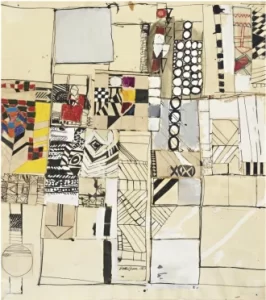
Eva Hesse was born on January 11, 1936 in Hamburg, Germany, and her family escaped to the United States in 1939 to escape Nazi persecution. She studied at Cooper Union in New York City and then at Yale University. She had her first solo exhibition in 1965. Her work, which often included unconventional materials like latex, fiberglass and string, was a response to minimalism and created a new language for sculpture and painting. She was inspired by the work of artists such as Lucio Fontana and Yves Klein. Hesse’s work was often characterized by a sense of fragility and vulnerability, and her pieces are often seen as a meditation on mortality.
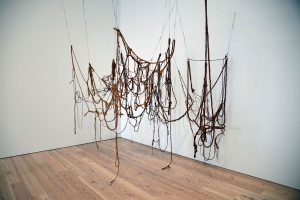
Hesse’s minimalist aesthetic was revolutionary in that it shifted the focus away from the traditional emphasis on composition and line and instead focused on the exploration of the materials and textures of the artwork. Her use of unconventional materials such as latex tubing, wire, and fiberglass challenged the traditional understanding of what could be considered art. This shift in focus allowed for a more open form of expression, allowing for more experimentation with the physical materials of art. The impact of Hesse’s minimalist aesthetic has been profound, influencing generations of artists who have embraced her vision of sculptural minimalism. Her work has served as a catalyst for a range of artistic styles and movements, from post-minimalism to process art. Hesse’s influence can be seen in the works of many contemporary artists, such as Richard Serra and Sol LeWitt, who have incorporated her minimalist aesthetic into their own works. Furthermore, her influence can be seen in the works of many younger artists who are attempting to push the boundaries of traditional sculpture.
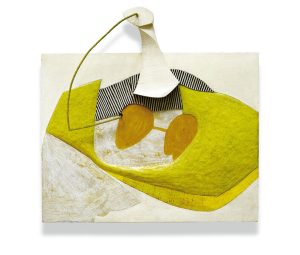
Hesse’s minimalist aesthetic has also had a major impact on the art world as a whole. Her use of novel materials, as well as her exploration of the relationship between form and materiality, has helped to redefine how art is defined and understood. Her work has also sparked a renewed interest in the use of unconventional materials, as well as the concept of process art, which involves a more fluid approach to artistic expression. As a result, Hesse’s minimalist aesthetic has had a major impact on the way art is created and appreciated today. Hesse’s minimalist aesthetic also had a major impact on the way art is experienced and understood. Her use of repetition and absence of color or traditional composition encouraged viewers to focus on the materiality of the artwork, and to explore its form and texture. This encouraged viewers to be more engaged with the work, rather than merely looking at it from a distance.
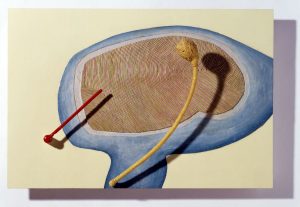
Her art is considered a major contribution to the minimalism aesthetic and the feminist art movement, the majority of her career spanned the years between the 60’s and 70’s. Hesse’s use of unconventional materials and her focus on the exploration of the physical materials of the art encouraged viewers to engage more deeply with the artwork. Additionally, her minimalist aesthetic shifted the focus away from traditional composition and line, allowing for a more open form of expression. Unfortunately, Hesse died in 1970, at the age of 34, due to a brain tumor. Hesse’s impact can also be seen in the contemporary art world, where the use of unconventional materials and processes, as well as an emphasis on process and the physicality of the artwork, continue to be important themes.
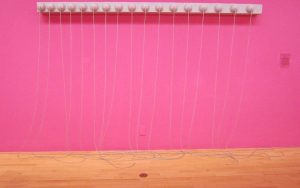
Sources:
- https://www.nytimes.com/2006/05/12/arts/design/12hess.html
- https://www.artforum.com/print/197109/eva-hesse-post-minimalism-into-sublime-37510
- http://danilarumold.com/hands-on/2021/7/23/qsi5m361qtge8bzudjooet6u1win6n
- https://artincontext.org/eva-hesse/

